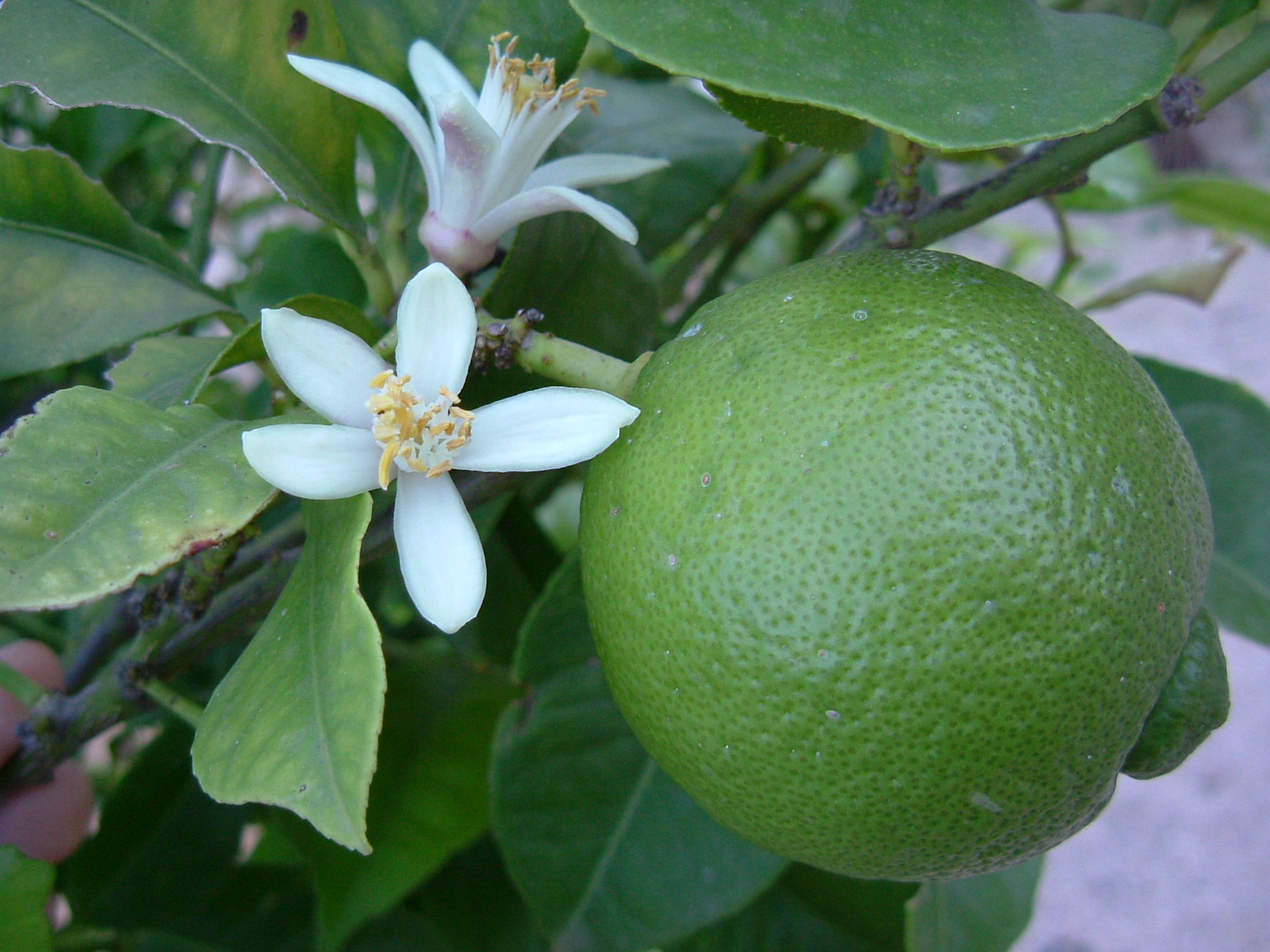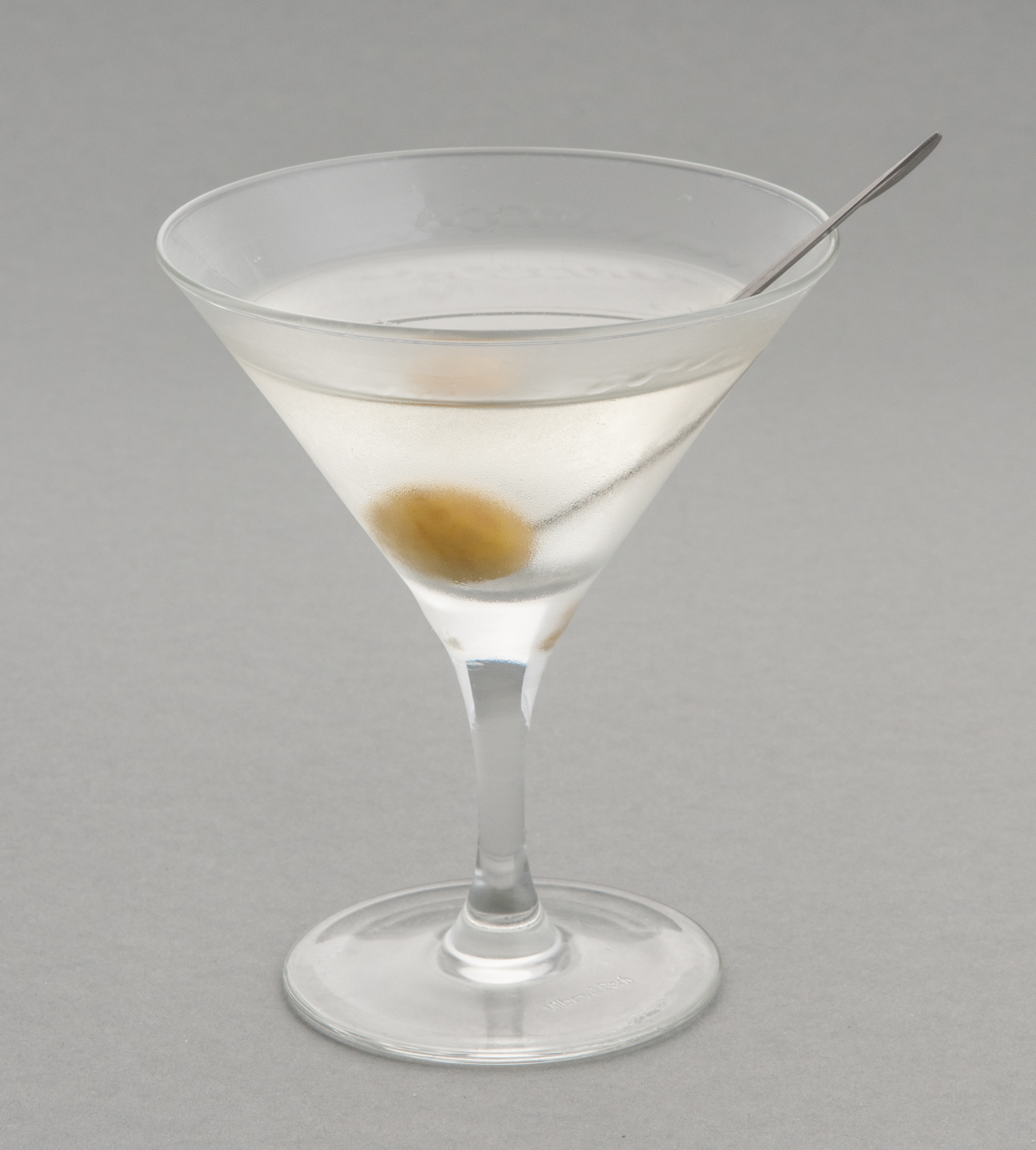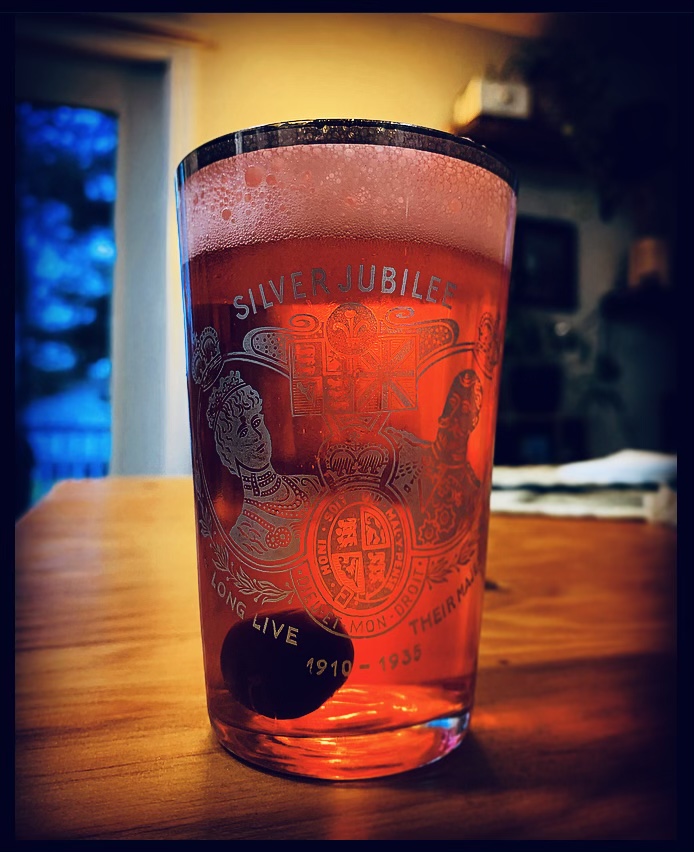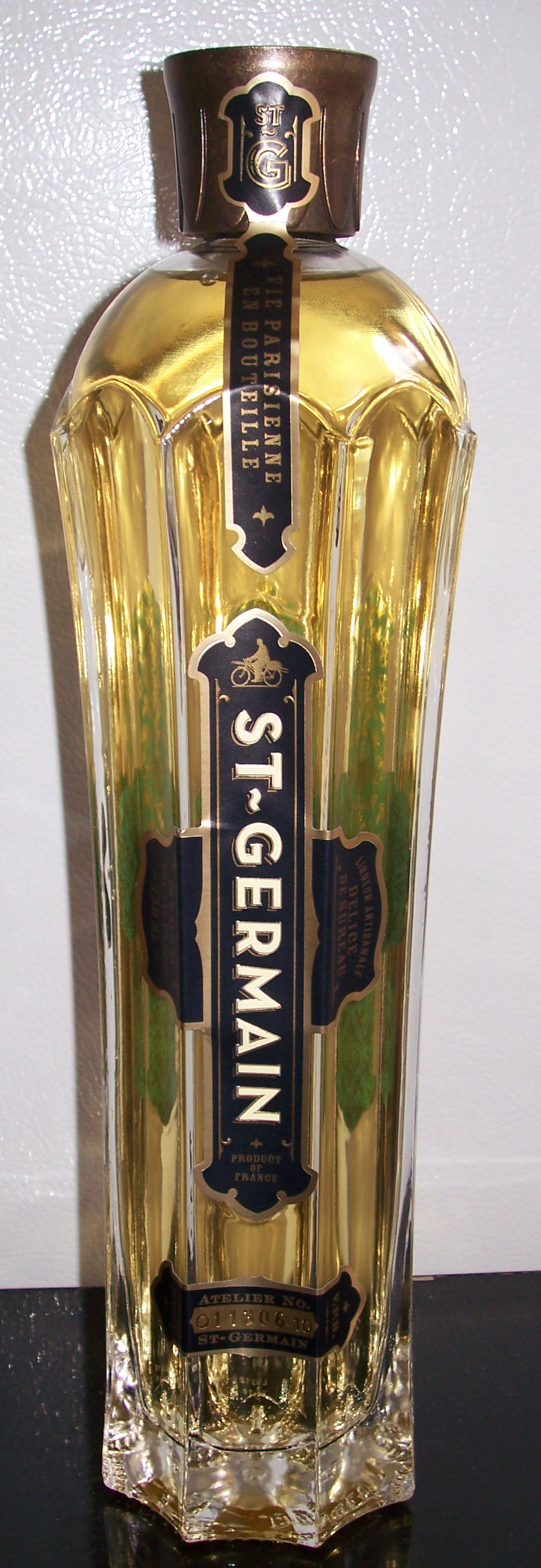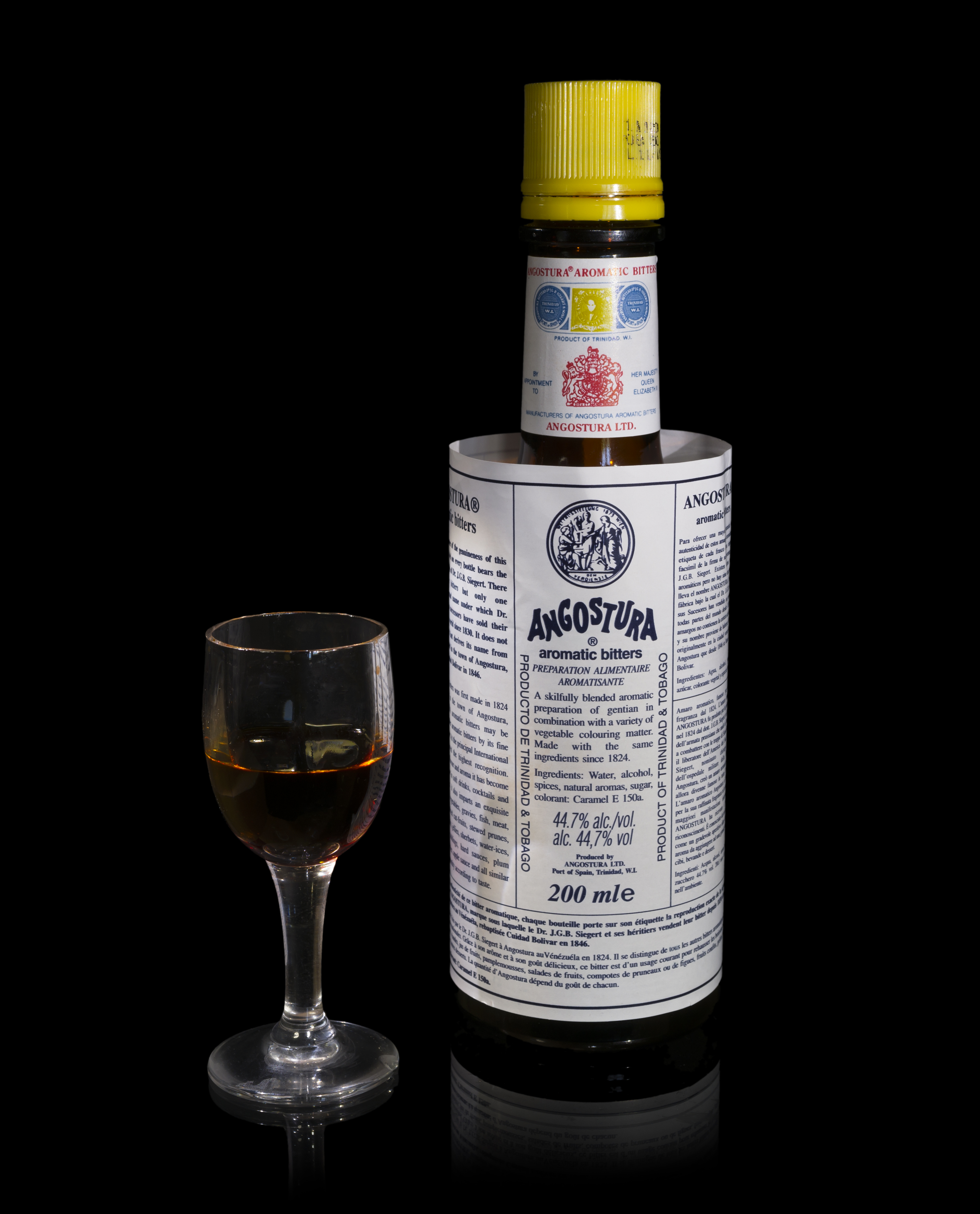|
Gimlet (cocktail)
The gimlet () is a cocktail made of gin and lime cordial. A 1928 description of the drink was: gin, and a spot of lime. A description in the 1953 Raymond Chandler novel ''The Long Goodbye (novel), The Long Goodbye'' stated that "a real gimlet is half gin and half Rose's lime juice and nothing else." This is in line with the proportions suggested by ''The Savoy Cocktail Book'' (1930), which specifies one half gin and one half lime juice. Some modern tastes are less sweet, and generally provide for up to four parts gin to one part lime cordial. Etymology The word "gimlet" used in this sense is first attested in 1928. The most obvious derivation is from the gimlet (tool), tool for drilling small holes, a word also used figuratively to describe something as sharp or piercing. Thus, the cocktail may have been named for its "penetrating" effects on the drinker. Another theory is that the drink was named after the Royal Navy surgeon Rear-Admiral Sir Thomas Gimlette (27 November 1857 – ... [...More Info...] [...Related Items...] OR: [Wikipedia] [Google] [Baidu] |
Lime (fruit)
A lime is a citrus fruit, which is typically round, lime (color), lime green in colour, in diameter, and contains acidic juice vesicles. There are several species of citrus trees whose fruits are called limes, including the Key lime (''Citrus aurantiifolia''), Persian lime, kaffir lime, finger lime, blood lime, and Citrus glauca, desert lime. Limes are a rich source of vitamin C, are sour, and are often used to accent the flavours of foods and beverages. They are grown year-round. Plants with fruit called "limes" have diverse genetic origins; limes do not form a monophyletic group. The term ''lime'' originated in other languages (from French language, French , from Arabic , from Persian language, Persian , ). Plants known as "lime" The difficulty in identifying exactly which species of fruit are called lime in different parts of the English-speaking world (the same problem applies to synonyms in other European languages) is increased by the botanical complexity of the ''Citru ... [...More Info...] [...Related Items...] OR: [Wikipedia] [Google] [Baidu] |
Vodka
Vodka ( ; is a clear distilled beverage, distilled alcoholic beverage. Its varieties originated in Poland and Russia. Vodka is composed mainly of water and ethanol but sometimes with traces of impurities and flavourings. Traditionally, it is made by distilling liquid from Fermentation in food processing, fermented cereal, cereal grains and potatoes since the latter was introduced in Europe in the 18th century. Some modern brands use maize, Sugarcane, sugar cane, fruits, fruit, honey, and Maple syrup, maple sap as the base. Since the 1890s, standard vodkas have been 40% alcohol by volume (ABV) (80 U.S. proof). The European Union has established a minimum alcohol content of 37.5% for vodka. Vodka in the United States must have a minimum alcohol content of 40%. Vodka is traditionally drunk "Bartending terminology, neat" (not mixed with water, ice, or other Mixer drink, mixers), and it is often served freezer chilled in the Alcohol belts of Europe#Vodka belt, vodka belt of Belaru ... [...More Info...] [...Related Items...] OR: [Wikipedia] [Google] [Baidu] |
Sour Cocktails
The gustatory system or sense of taste is the sensory system that is partially responsible for the perception of taste. Taste is the perception stimulated when a substance in the mouth reacts chemically with taste receptor cells located on taste buds in the oral cavity, mostly on the tongue. Taste, along with the sense of smell and trigeminal nerve stimulation (registering texture, pain, and temperature), determines flavors of food and other substances. Humans have taste receptors on taste buds and other areas, including the upper surface of the tongue and the epiglottis. The gustatory cortex is responsible for the perception of taste. The tongue is covered with thousands of small bumps called papillae, which are visible to the naked eye. Within each papilla are hundreds of taste buds. The exceptions to this is the filiform papillae that do not contain taste buds. There are between 2000 and 5000Boron, W.F., E.L. Boulpaep. 2003. Medical Physiology. 1st ed. Elsevier S ... [...More Info...] [...Related Items...] OR: [Wikipedia] [Google] [Baidu] |
Cocktails With Vodka
A cocktail is a mixed drink typically made with a distilled liquor (such as arrack, brandy, cachaça, gin, rum, tequila, vodka, or whiskey) as its base ingredient that is then mixed with other ingredients or garnishments. Sweetened liqueurs, wine, or beer may also serve as the base or be added. If beer is one of the ingredients, the drink is called a beer cocktail. Cocktails often also contain various types of juice, fruit, honey, milk or cream, spices, or other flavorings. Cocktails may vary in their ingredients from bartender to bartender, and from region to region. Two creations may have the same name but taste very different because of differences in how the drinks are prepared. This article is organized by the primary type of alcohol (by volume) contained in the beverage. Cocktails marked with "IBA" are designated as IBA official cocktails by the International Bartenders Association, and are some of the most popular cocktails worldwide. Absinthe * Corpse reviver ... [...More Info...] [...Related Items...] OR: [Wikipedia] [Google] [Baidu] |
List Of Cocktails
A cocktail is a mixed drink typically made with a distilled beverage, distilled liquor (such as arrack, brandy, cachaça, gin, rum, tequila, vodka, or Whisky, whiskey) as its base ingredient that is then mixed with other ingredients or garnishments. Sweetened liqueurs, wine, or beer may also serve as the base or be added. If beer is one of the ingredients, the drink is called a beer cocktail. Cocktails often also contain various types of juice, fruit, honey, milk or cream, spices, or other flavorings. Cocktails may vary in their ingredients from bartender to bartender, and from region to region. Two creations may have the same name but taste very different because of differences in how the drinks are prepared. This article is organized by the primary type of alcohol (by volume) contained in the beverage. Cocktails marked with "IBA" are designated as List of IBA official cocktails, IBA official cocktails by the International Bartenders Association, and are some of the most popula ... [...More Info...] [...Related Items...] OR: [Wikipedia] [Google] [Baidu] |
St-Germain (liqueur)
St-Germain is an elderflower liqueur. It is made using the petals of ''Sambucus nigra'' from the Savoie region in France, and each bottle is numbered with the year the petals were collected. Petals are collected annually in the spring over a period of three to four weeks, and are often transported by bicycle to collection points to avoid damaging the petals and thus affecting the flavour. History St-Germain was created by distiller Robert Cooper, son of the owner of Charles Jacquin et Cie, Norton Cooper, after trying an elderflower-based cocktail at a London bar in 2001. The brand was named after the Paris neighbourhood, Saint-Germain-des-Prés, and the bottle shape is influenced by Art Deco motifs associated with the early 20th century Belle Époque history of this area. St-Germain was launched in 2007 by Cooper Spirits Co, a company founded in 2006 and headquartered in New York. In 2013, the company was sold to Bacardi, and Robert Cooper agreed to work with Bacardi as a "b ... [...More Info...] [...Related Items...] OR: [Wikipedia] [Google] [Baidu] |
Screwdriver (cocktail)
A screwdriver is an alcoholic highball drink made with orange juice and vodka. In the UK, it is referred to as a "vodka and orange". While the basic drink is simply the two ingredients, there are many variations. Many of the variations have different names in different parts of the world. History The drink originated during World War II, when Americans in China and Turkey mixed neutral spirits with orange juice. The origin of the name "screwdriver" is less clear, but the name appeared in Ankara, Turkey, in 1943 and 1944 and later in Istanbul. Variations on the recipe were present in 1948 in Turkey and also called screwdrivers, such as a mixture of one-third vodka and two-thirds gin, and another recipe adding gin, cognac, bitters, and other ingredients to orange juice and vodka. An unattributed but popular story for the name is that the Americans lacked a spoon and instead used a screwdriver as a stirring stick. Another unattributed story is that auto workers in the US used ... [...More Info...] [...Related Items...] OR: [Wikipedia] [Google] [Baidu] |
Pimm's
Pimm's is an English brand of gin-based fruit cup but may also be considered a liqueur or the basis of a sling or punch. It was first produced in 1823 by James Pimm and has been owned by Diageo since 1997. Its most popular product is Pimm's No. 1 Cup, commonly used for the Pimm's cup cocktail. Serving Pimm's is dark brown with a reddish tint, and a subtle taste of spice and citrus fruit. As a summer long drink, it is normally served as a Pimm's cup cocktail, a drink with "English-style" (clear and carbonated) lemonade, as well as various chopped garnishes, particularly apple, cucumber, orange, lemon, strawberry and mint or borage, though mint is more common. Ginger ale is used as a common substitute for lemonade. Pimm's can also be mixed with champagne (or other sparkling white wines), resulting in a drink known as a "Pimm's Royal Cup". Pimm's Winter Cup is generally mixed with warm apple juice. A "Glasgow Garden Party" is a drink made with Pimm's substitu ... [...More Info...] [...Related Items...] OR: [Wikipedia] [Google] [Baidu] |
Bitters
A bitters (plural also ''bitters'') is traditionally an Alcoholic drink, alcoholic preparation flavored with botanical matter for a Bitterness (taste), bitter or bittersweet Flavoring, flavor. Originally, numerous longstanding brands of bitters were developed as patent medicines, but lately are sold as digestifs, sometimes with herbalism, herbal properties, and as cocktail flavorings. Since cocktails often contain sour and sweet flavors, bitters are used to engage another primary taste and thereby balance out the drink and make it more complex, giving it a more complete flavor profile. Ingredients The botanical ingredients used historically in preparing bitters have consisted of aromatic herbs, bark, roots, and/or fruit for their flavor and medicinal properties. Some of the more common ingredients are cascarilla, Cinnamomum aromaticum, cassia (Chinese cinnamon), gentian, Zest (ingredient), orange peel, and cinchona bark. Most bitters contain both water and ethanol, alcohol, th ... [...More Info...] [...Related Items...] OR: [Wikipedia] [Google] [Baidu] |
British Medical Journal
''The BMJ'' is a fortnightly peer-reviewed medical journal, published by BMJ Publishing Group Ltd, which in turn is wholly-owned by the British Medical Association (BMA). ''The BMJ'' has editorial freedom from the BMA. It is one of the world's oldest general medical journals. Previously called the ''British Medical Journal'', the title was officially shortened to ''BMJ'' in 1988, and then changed to ''The BMJ'' in 2014. The current editor-in-chief of ''The BMJ'' is Kamran Abbasi, who was appointed in January 2022. History The journal began publishing on 3 October 1840 as the ''Provincial Medical and Surgical Journal'' and quickly attracted the attention of physicians around the world through its publication of high-quality original research articles and unique case reports. The ''BMJ''s first editors were P. Hennis Green, lecturer on the diseases of children at the Hunterian School of Medicine, who also was its founder, and Robert Streeten of Worcester, a member of the ... [...More Info...] [...Related Items...] OR: [Wikipedia] [Google] [Baidu] |
Cocktail
A cocktail is a mixed drink, usually alcoholic beverage, alcoholic. Most commonly, a cocktail is a combination of one or more liquor, spirits mixed with other ingredients, such as juices, flavored syrups, tonic water, Shrub (drink), shrubs, and bitters. Cocktails vary widely across regions of the world, and many websites publish both original recipes and their own interpretations of older and more famous cocktails. History A well-known 'cocktail' in ancient Greece was named kykeon. It is mentioned in the Homeric texts and was used in the Eleusinian Mysteries. 'Cocktail' accessories are exposed in the Museum of the Royal Tombs of Aigai (Vergina), Museum of the Royal Tombs of Aigai (Greece). They were used in the court of Philip II of Macedon to prepare and serve mixtures of wine, water, honey as well as extracts of aromatic herbs and flowers, during the banquets. In the United States, a written mention of 'cocktail' as a beverage appeared in ''The Farmers Cabinet,'' 1803. T ... [...More Info...] [...Related Items...] OR: [Wikipedia] [Google] [Baidu] |
